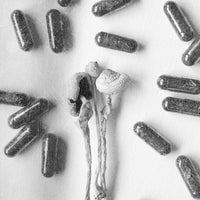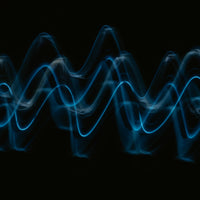Last night, while you were having that dream about taking the SAT at a gas station, your body was bustling with all kinds of after-hours activity. Like the night crew that comes in when the shop closes, various parts of your system were busy repairing and fortifying your brain circuitry, strengthening your immunity, storing memories and processing the day’s events.
Things started out calmly enough: As you were falling asleep, your body temperature and muscle tension decreased, and your heart rate, breathing and brain activity all began to slow. As you entered deeper stages of sleep, your body relaxed more fully, your cardiovascular system grew calm, your brainwaves became slow and rhythmic, and the fight-or-flight part of your nervous system powered down.
That’s when the fireworks began. Here’s a look at what your body does while you’re sleeping.
Upgrading the Brain
During non-REM (NREM) sleep, neurons fire in brief, intense bursts called sleep spindles. These spindles are believed to assist with the processing and consolidation of memories. Newly-formed memories are bundled together, and new information is integrated with older information.
Specialized immune cells are particularly active during NREM sleep. Known as microglia, these cells do maintenance on connections between neural circuits, remove unneeded synapses and repair damage within the brain.
While you’re in NREM sleep, cerebrospinal fluid moves in and out of your brain, washing out toxins that can impede communication between neurons. Brain cells shrink by 60 percent during sleep, making it easier for the fluid to get between them and clean out the gunk.
To Sleep, Perchance to Dream
The final phase of sleep is the REM phase—so named, of course, for the rapid eye movement that occurs within it. This is the phase in which dreaming takes place.
Our brainwaves during REM sleep are much like the ones we emit while we’re awake.
The brain is extremely active during this phase of sleep, with some parts of the brain registering as much as 30 percent more brainwave activity than during waking consciousness. These are the brain regions you’d expect to be engaged during dreaming, such as motor activity, visual processing, memory and emotion.

Read more: Can't Sleep? Get Some Sun
During REM sleep, voluntary muscle movement shuts down to keep us from hurting ourselves or others by acting out our dreams. You could say this sleep phase is a little nerdy: long on brain activity, short on muscle.
REM sleep also appears to help us heal from emotionally distressing experiences. As Center for Human Sleep Science Director Matthew Walker has said, it takes the sharp edges off of difficult events so that we feel better about them the next day.
Who Do You Think You Are?
So now you know: All your life, your body has been performing an amazingly clever, efficient and helpful set of functions for you every night … and you’ve been taking it for granted this whole time, you ungrateful weenie. Ready to start sleeping better? Head over this way for some tips.
Damon Orion is a freelance journalist based in Santa Cruz, CA. Read more of his work at damonorion.com.
Read more: Jeffrey Durmer is a Performance Jedi
Read more: World War Zzz: Trying the Advice of Sleep Experts
Read more: How to Get Back in Sync with Your Circadian Rhythm
Read more: Sleep School: What we Learned from Matthew Walker's Masterclass




